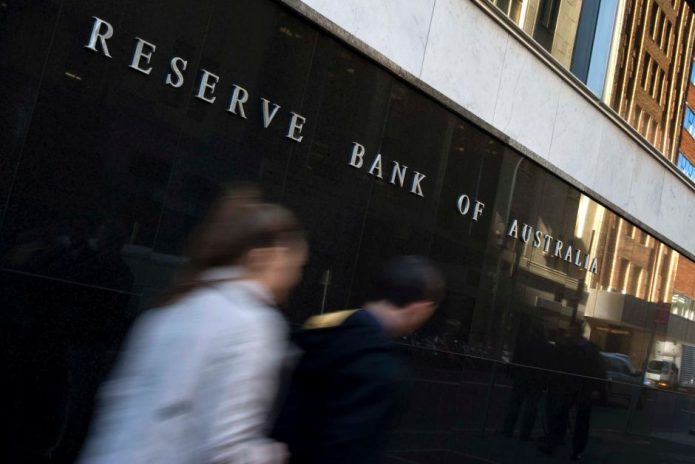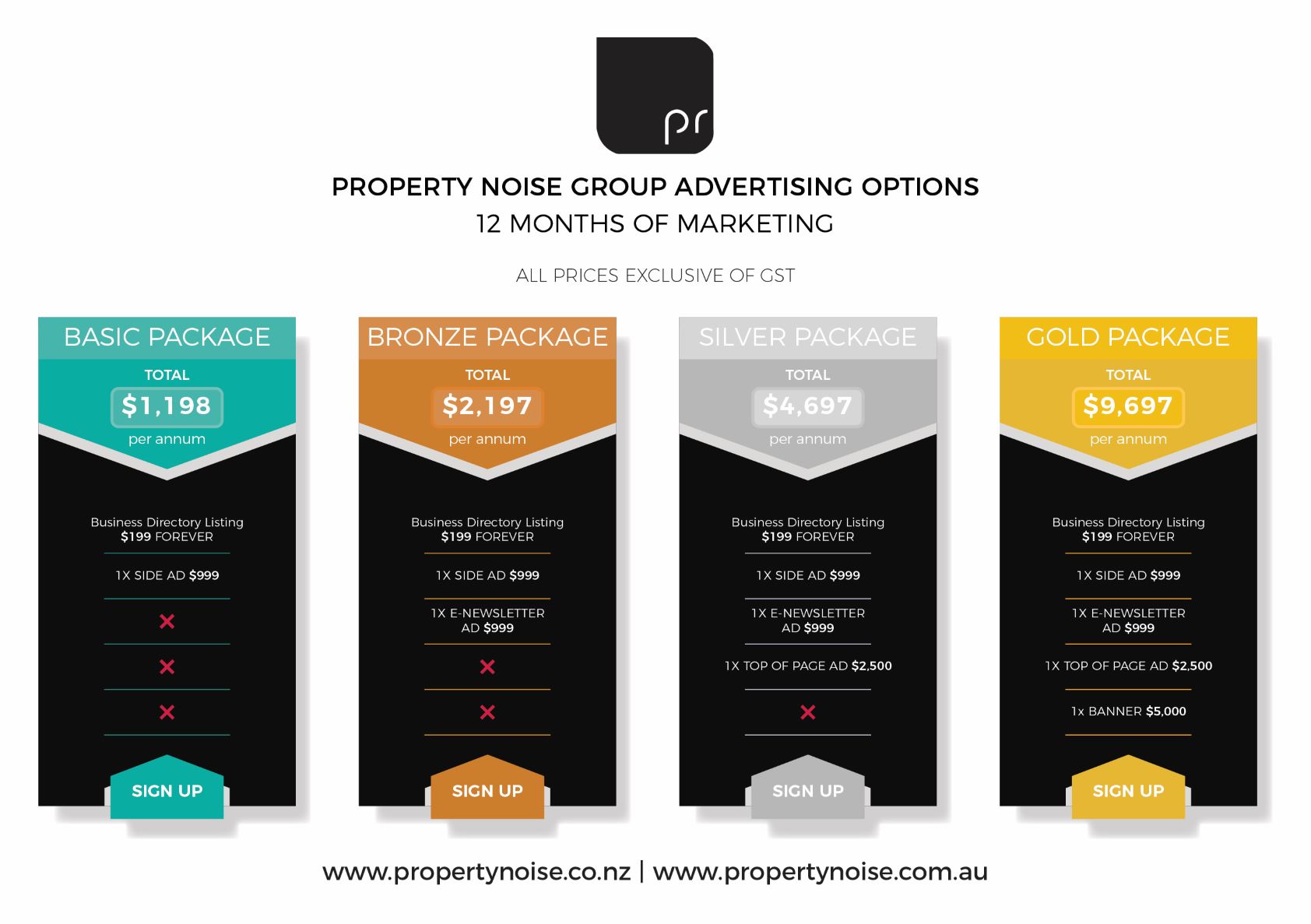PHOTO: Wellington, New Zealand FILE
The New Zealand property market is experiencing mixed results as a recent slowdown impacts several suburbs. After a promising start in early 2024, property values across many areas have softened, with notable declines over the past three months.
CoreLogic NZ’s latest Mapping the Market report highlights a divided picture, with 50% of suburbs showing “meaningful” value increases over the past year. However, quarterly data reveals a downturn, particularly in Auckland, Napier, Wellington, and Nelson. According to Kelvin Davidson, Chief Property Economist at CoreLogic NZ, 480 out of 951 suburbs saw property values rise by at least 1% since September 2023. But he also cautioned that signs of a slowdown are becoming more evident, particularly in Auckland, where some suburbs, like East Tamaki and Northpark, saw values drop by more than 6% in the last quarter.
Davidson explained that the past year can be split into two phases: a recovery in late 2023 and early 2024, followed by a decline in recent months. From June onwards, property values have fallen in 674 suburbs—71% of the total—with 175 experiencing drops of 2% or more.
Auckland’s property market has been notably affected, with 129 out of 200 suburbs seeing year-on-year declines. In the last three months alone, 183 suburbs in the city reported value drops, led by East Tamaki, Northpark, and Somerville, which all fell by over 6%. Meanwhile, Herne Bay remains the country’s most expensive suburb at $3.38 million, while Auckland Central is the most affordable at $528,100.
In Hamilton, the property market has shown relative resilience, with only three of its 35 suburbs experiencing year-on-year declines. Queenwood saw the highest increase at 9.4%. However, since June, 27 suburbs have reported value drops, with three falling by more than 2%.
Tauranga’s property market is also seeing mixed results. Over the past year, 10 of its 20 suburbs recorded declines, including Ohauiti and Otumoetai, which dropped by over 3%. The last quarter has been less favorable, with 17 suburbs experiencing declines, including a 3.1% drop in Papamoa Beach. Mount Maunganui remains the most expensive suburb at $1.31 million, while Poike is the most affordable at $668,750.
Wellington has shown early resilience, with only 12 of its 96 suburbs seeing declines of 1% or more in the past year. However, recent data shows a shift, with 74 suburbs reporting value drops since June. Seatoun is Wellington’s priciest suburb at $1.76 million, while Wellington Central is the most affordable at $481,450.
Christchurch initially held steady, with just three of its 84 suburbs experiencing declines over the past year. However, more recent figures indicate a slowdown, with 52 suburbs reporting value drops since June. Scarborough remains the city’s most expensive suburb at $1.84 million, while Phillipstown is the most affordable at $456,200.
In Dunedin, the property market saw solid growth throughout the year, with only five of its 63 suburbs recording value declines. However, the city has also seen a recent dip, with 41 suburbs posting declines since June, including Sawyers Bay, which dropped by 3.3%. Maori Hill remains Dunedin’s most expensive suburb at $1.02 million, while South Dunedin is the most affordable at $413,150.
Looking ahead, Davidson notes that while recent cuts to the official cash rate and falling mortgage rates could provide short-term relief, he does not expect a swift rebound in property values. Instead, further softening is anticipated, with affordability pressures and job insecurity holding back demand. Despite high stock levels giving buyers more leverage, access to finance remains a significant barrier, which may prolong the market’s subdued conditions into 2025. Davidson suggests that vendors who can afford to wait may hold off on selling until market conditions improve. Meanwhile, potential buyers will need strong financial backing to navigate the challenging lending environment.












